There are a lot of different paints including latex, oil, and aerosol spray paint. Once dry, they bond to the surface of fibers. The amount of paint determines the level of difficulty in satisfactory removal. The removal of paint involves chemistry and the right commercial carpet cleaning equipment which helps the release of the pigments layers from the fiber.
Step 1 - Identifying the source: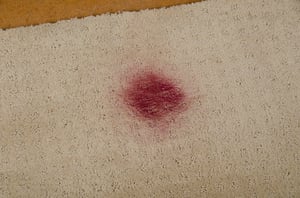
- Work with the customer to identify the type of paint.
Step 2: Agitate lightly to remove any loose paint:
- Agitate lightly to remove any loose paint, but be careful to not damage fibers.
Step 3: Apply alkaline professional spotter:
- Apply the spotter to the surface and sides of the paint.
Step 4: Gently agitate and blot with a towel: 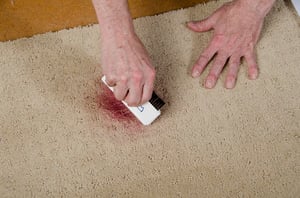
- This step is important to create foam for the pigments' ready absorption.
Step 5: Extract lightly:
- Extract to see the work the spotter has done, and to see what can be readily removed at this point.
Step 6: Repeat:
- Repeat the above steps if success is a small step away.
Step 7: Apply solvent-based paint removers: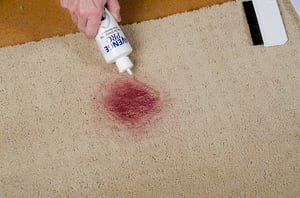
- Apply to the surface and side of the paint. The gel form is preferable to reduce the potential of delamination.
Step 8: Gently agitate and blot with a towel:
- Gently Agitate until the majority of the paint is gone.
Step 9: Extract and Evaluate
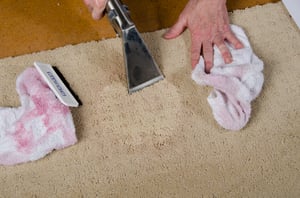
Extract all you can, and evaluate whether you need to re-apply alkaline general purpose spotter.
Step 10: Re-apply alkaline general purpose spotter:
- Re-apply the alkaline spotter to any remaining paint residuals.
Step 11: Extract again being sure to rinse thoroughly:
- Performing several dry strokes start the drying process.
Step 12: Mist anti-soil and wicking agent:
- Work in with a carpet brush for best results.
Featured Products
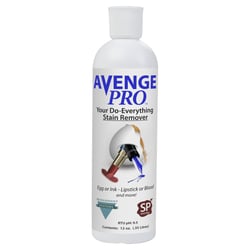
Bridgepoint Systems, Stain Remover, Avenge Pro, 12 oz
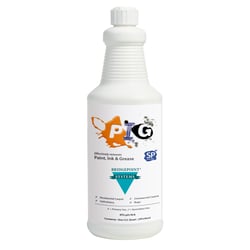
Bridgepoint Systems, Stain Remover, P.I.G. Paint, Ink, & Grease Remover, 1 Quart
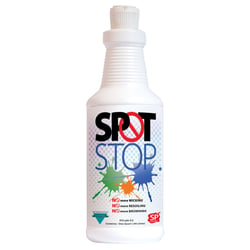
Bridgepoint Systems, Stain Remover, Spot Stop Encapsulating Polymer, 1 Quart
